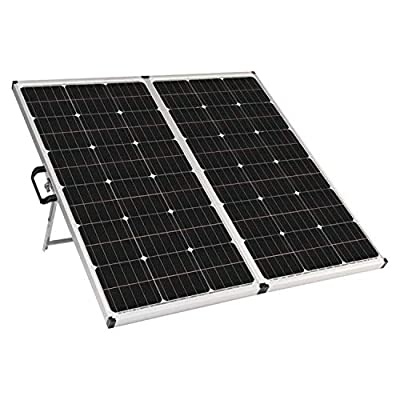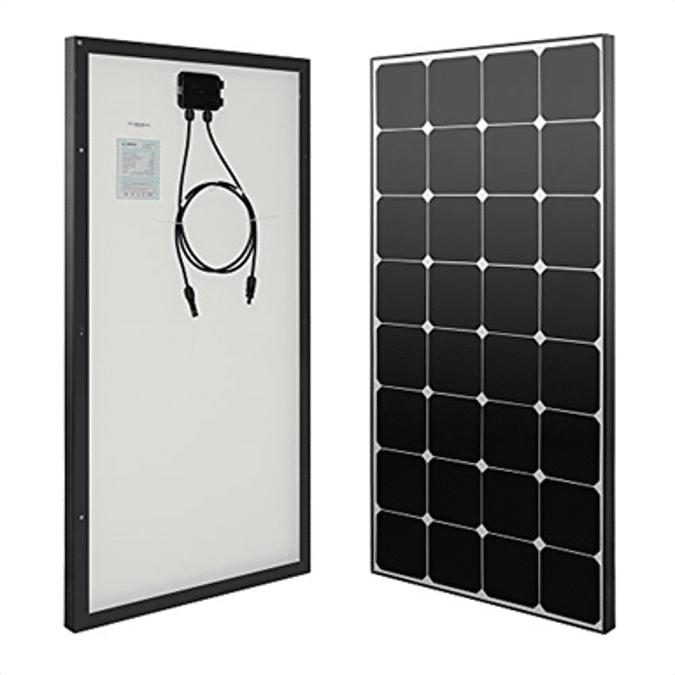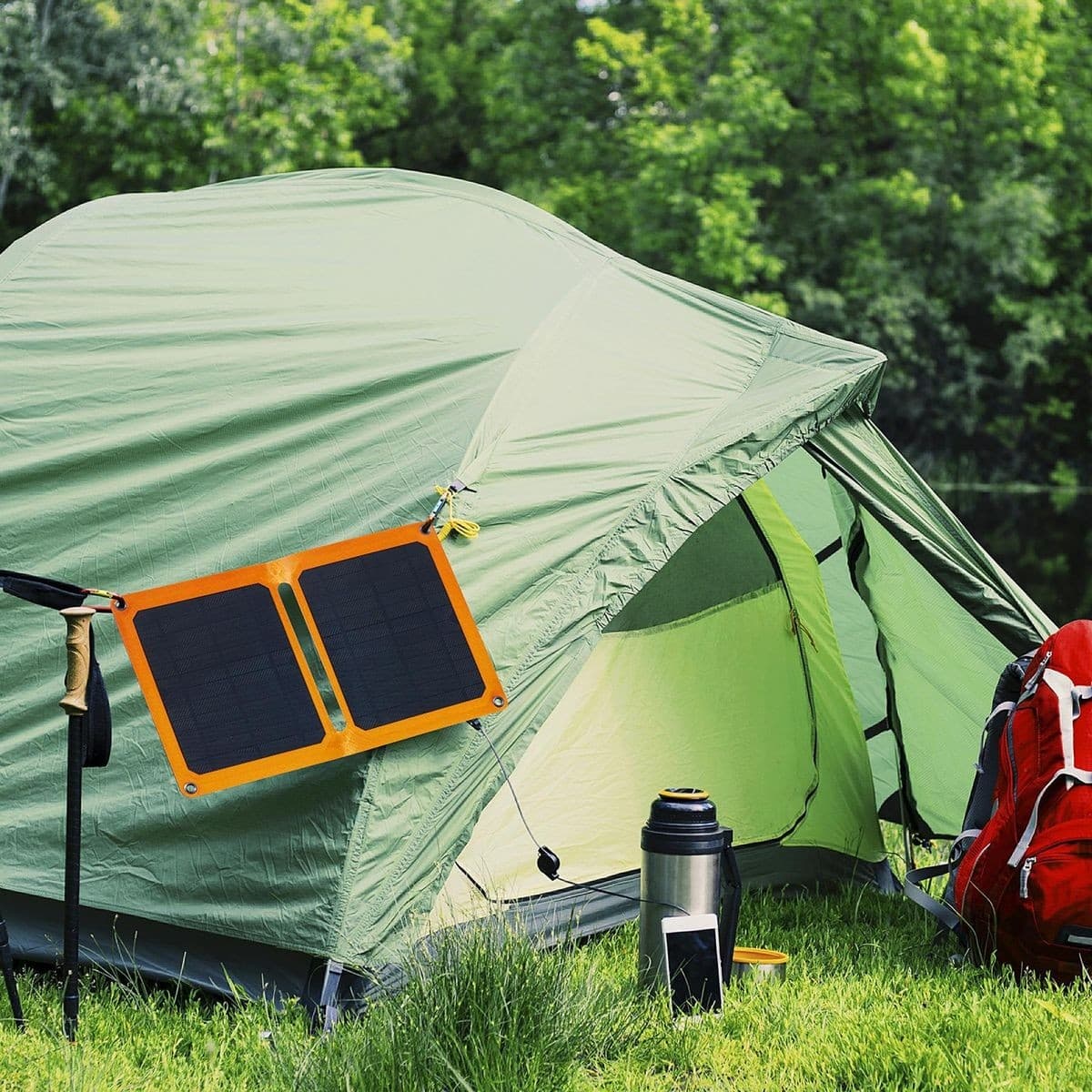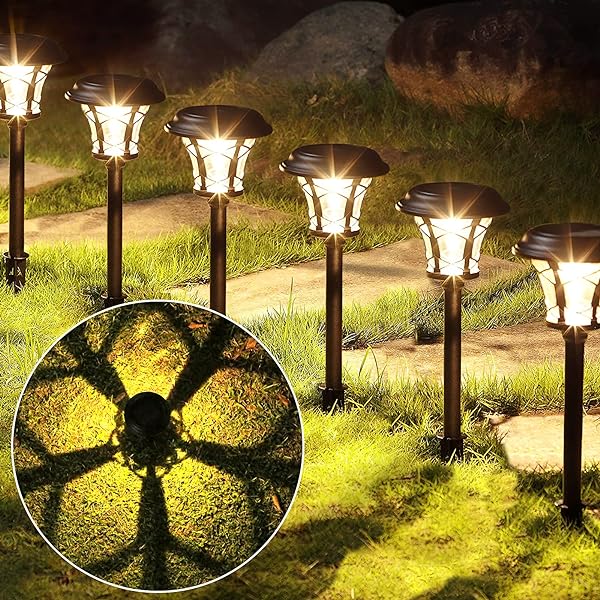You may have noticed that the weather outside isn’t exactly ideal when it comes to protecting your solar panels. While some systems can withstand a light dusting of snow, heavy rains or hailstorms are much more damaging. Even small hailstones can chip away at the surface of your solar panels and reduce their efficiency – making it harder to generate electricity and pay off your system in the long term.
To reduce the risk of damage, many homeowners cover their panels with an integrated photovoltaic (PV) panel guard. These guards come in many different forms, from simple fabric covers to fully-enclosed metal structures. Not all PVGards are created equal, though – which one is best for you? In this article, we’ll explore top PVGard solutions for homeowners who want to protect their solar panels from hail and other potential damage.
What is a PV Guard?
A PV guard is a covered system that protects your solar panels from hail, the risk of damage from falling snow and other extreme weather conditions. A typical PV guard is made from a durable polyethylene material that is transparent to sunlight. PV guards invert the panel’s black polycrystalline silicon coating to make them visible to sunny conditions. PV guards are designed to protect your solar panels from hail, but they’re also extremely useful in other weather conditions as well.
In particular, they can greatly reduce the risk of ice damage when temperatures drop below freezing. PV guards can be made from a variety of materials, including polyethylene and polycarbonate. Polyethylene is inexpensive, but it’s not recommended for outdoor use and can easily break or tear when exposed to harsh weather. Polycarbonate is more durable, but it’s also more expensive.
Types of PV Guards
There are three main types of PV guards: fully-enclosed, partially-enclosed and open-top. Fully enclosed PV guards completely cover the rooftop solar panels. They completely block the light from the panels and are a good choice for those who don’t have the space for open-top panels on a roof facing south.
Partially-enclosed PV guards extend partially over the panels and are a good choice for those who have a roof with a slope or who don’t have the space for fully-enclosed panels. Open-top PV guards extend above the roof, overlapping the panels and providing some shade. This type of guard is best for areas where ideal conditions for solar power are rare, such as in the mountains or on the desert.
Pros of a PV Guard
There are many advantages to using a PV guard, including: – Increased Safety: A PV guard prevents ice, hail and other falling debris from damaging your solar panels. Hail can be particularly dangerous to solar panels, as it can cause significant damage in one fell swoop. A hailstone is usually just a few millimeters in size, but it has the same force and momentum as a baseball.
If it hits your solar panel, it has the potential to damage your panel and cause other problems, like dust or gravel from the hailstone getting inside your panel, short-circuiting your charge controller or damage to your wiring. – Reduced Electrical Bills: Many homeowners claim that they saved money by installing a PV guard. Theoretically, this is because a damaged panel is less efficient than a healthy one.
A damaged panel will likely be fully functional for a short time before it short- circuits, causing your electrical system to trip and shut down. This is similar to a fuse blowing out in a wall outlet. You’ll only be able to use a small amount of power before the circuit is broken.
In this case, the amount of power being used is small enough that it doesn’t significantly impact your monthly electricity bill. – Better Self-Sufficiency: The next time the power goes out, you’ll be able to stay connected thanks to your solar panels, batteries and other self- sufficiency resources.
Cons of a PV Guard
Unfortunately, there are also some potential cons to using a PV guard, including: – Reduced Efficiency: A damaged panel is less efficient than a healthy one. In fact, a panel damaged by a hailstone is only about 80% efficient, while a panel that’s been chipped by a falling piece of hail is only 10% efficient.
This can reduce your monthly electricity bill, decrease your solar panel’s lifespan and add to your overall environmental impact. – Reduced Sustainability: A damaged panel could be a source of increased pollution. A panel that has been damaged by a hailstone will have higher levels of harmful materials like dust and gravel in its circuitry.
These materials have the potential to damage the environment, both at the panel and the electricity grid levels. – Reduced Self-Sufficiency: A damaged panel will require power from your local utility grid during a blackout or outage. You may need to draw power from the grid during a blackout, even if you’re able to generate your own power with solar panels.
How to Choose the Right Type of Guard for You
The type of PV guard you choose largely depends on your roof type, the location of your solar panels and your budget. Fully enclosed panels are best suited to flat roofs that are facing south, while open-top models work best on flat roofs that face east or west. When choosing the right type of PV guard, think about your overall needs.
Is your home well-protected from hail? Is your roof flat or sloped? Do the neighbors have solar panels? These factors will help you decide between fully enclosed, partially enclosed and open-top PV guards.
If you have a sloped roof, a partially-enclosed guard is a good option because it protects your panels from hail and extends just enough over the roof to shade the panels from ice. If you have a flat roof, an open-top guard is probably the best option because it provides the most shade from ice.
Conclusion
Hail is one of the most damaging weather conditions that can damage your solar panels. Thankfully, it’s easy to protect your panels with a PV guard. These covers are made of durable materials and are designed to withstand the elements. They can protect your panels from ice and hail, as well as other extreme weather.





